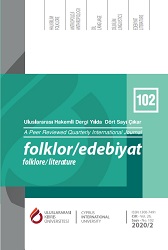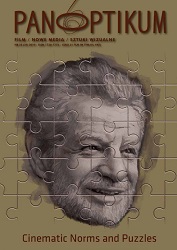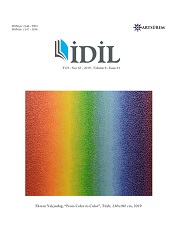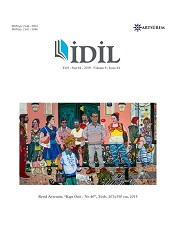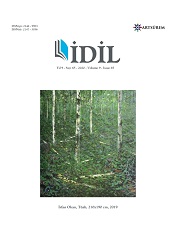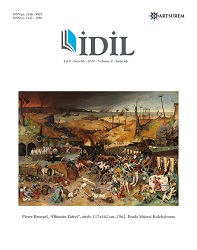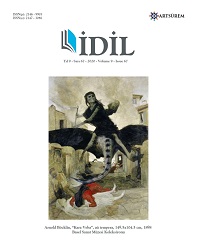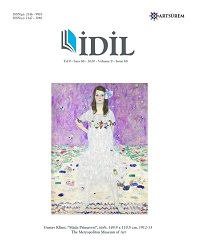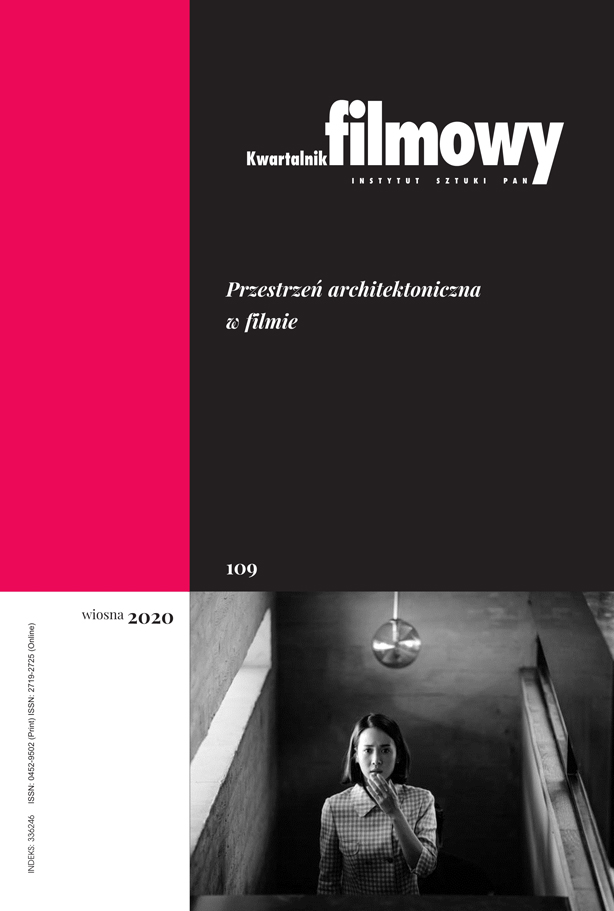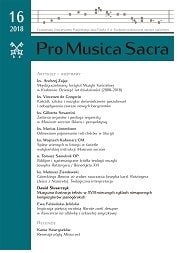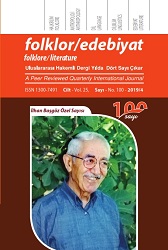
Gurbet Türkülerinde İstanbul İmgesi: “Yârim İstanbul’u Mesken mi Tuttun”
Istanbul, which is one of the main centers in the shaping of Turkish music culture, in the process of creation, performance and dissemination of music, has been visualized with striking beauties in many of folk songs as in our classical music according to the socio-cultural contexts of the era, time and place. Istanbul is known with love in both folk and classical music traditions and on the contrary, in the songs of love, separation and folk songs originating from the events that took place in various regions of Anatolia; Istanbul is an insurmountable obstacle that separates the lovers. In this research, Istanbul image will be examined in the songs on the themes of love, separation and expatriate, its main features will be revealed and the social and cultural realities that form this image will be examined.
More...
